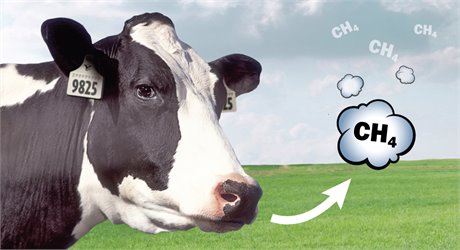
Advocates of the government’s methane review will probably be disappointed to learn that aligning the target with “no additional warming” might not give farmers the green light to relax about their methane emissions.
Climate policy expert Kristen Green has been busy crunching the numbers using the same climate model as the Climate Change Commission, and has published the results in an article on her Kapiti Climate Insights substack.
It’s an in-depth technical analysis that looks at multiple permutations. But one of Green’s takeaways suggests that aligning New Zealand’s agricultural methane emissions with “no additional warming” could come close to the current biogenic methane targets of 24% to 47% below 2017 levels by 2050, assuming a warming limit of 1.5°C.
Green calculates that, with a background global emissions scenario consistent with limiting temperature rise to 1.5°C, achieving no additional warming at mid-century above 2017 warming levels requires at least a 25.5% reduction in biogenic methane by 2050.
However the government hasn’t yet set terms of reference for the review.
Green notes that there is a big difference in allowable levels of emissions depending on the Government’s level of ambition for the reference year it limits warming to, the climate goal sought (e.g, 1.5°C or 2°C), and how confident the Government wants to be that warming is limited. For example, assuming that the world pursues a pathway consistent with 1.5°C, a biogenic methane target of 30% was needed to limit warming to 2017 levels for most modelled outcomes, while a 53% reduction was needed to limit warming to 1990 levels.
Green concludes that landing a target premised on no additional warming isn’t an easy task, with “no clear and unassailable answer” from science.
“Just as with other discussions on methane, value judgements are required. ‘No additional warming’ premised targets require value judgements on: (i) which reference year warming is limited to; (ii) which background scenario/s are used (e.g., 1.5°C consistent, or 2°C consistent); and (iii) the thresholds for likelihood relied upon (given underlying uncertainties in climate parameters and global pathways for emissions).”
Climate change minister Simon Watts says the terms of reference for the review, along with appointees to the independent Ministerial advisory panel, will be confirmed in the coming months.
Watts has sought cross-party input on the panel. “The panel will consist of reputable experts to provide integrity and trust in the process. They will review the latest science on methane’s warming impact and will provide that advice to the Government.”
However the government’s review of the methane targets has been widely criticised by experts, with both the Climate Change Commission and the Parliamentary Commissioner for the Environment saying the science was settled and that reviewing the targets was a political decision.
- SEO Powered Content & PR Distribution. Get Amplified Today.
- PlatoData.Network Vertical Generative Ai. Empower Yourself. Access Here.
- PlatoAiStream. Web3 Intelligence. Knowledge Amplified. Access Here.
- PlatoESG. Carbon, CleanTech, Energy, Environment, Solar, Waste Management. Access Here.
- PlatoHealth. Biotech and Clinical Trials Intelligence. Access Here.
- Source: https://www.carbonnews.co.nz/story.asp?storyID=31707



